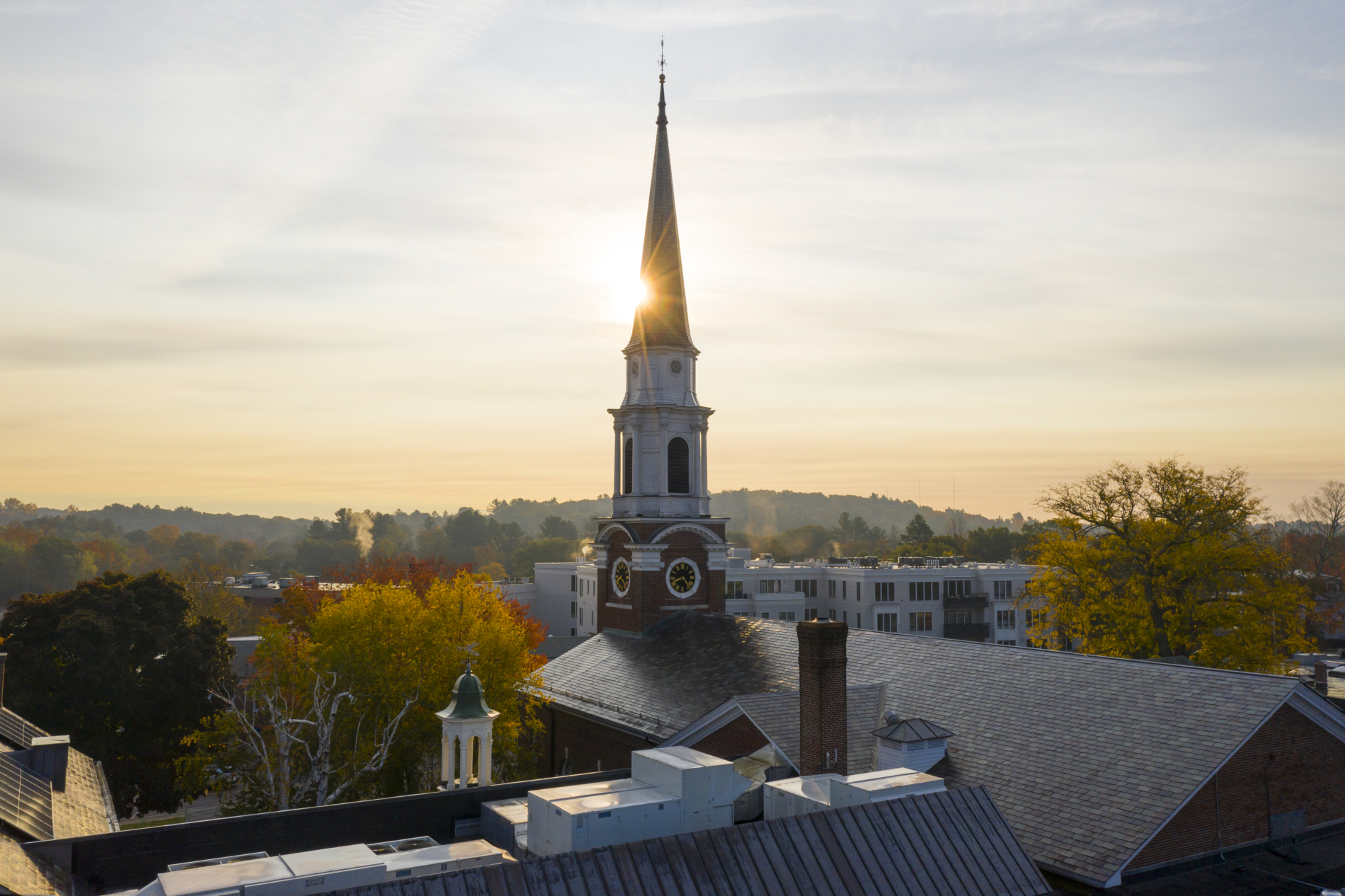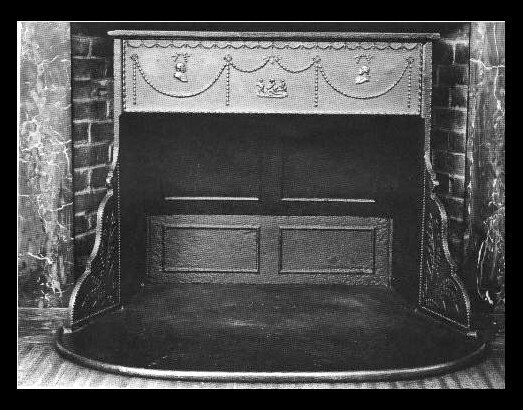
News

Celebrating Spring, and a First Winter with a Stove, 1825
March 18, 2025
This Thursday, March 27, 2025, a little before sunrise, spring begins; the calendar’s way of ending winter and its cold days, which, in these parts, seemed more numerous this year. We can notice the sunshine, higher in the sky with the promise of warmer temperatures. It seems worth celebrating. Members of Wellesley Village Church in 1825, then known as the West Needham Church, saw the same sunshine and were delighted with the same promise, and they might well have celebrated, but in a different way.
For them, the start of spring on March 20, allowed them to look back on a winter when, for the first time, they had heat during worship in the meeting house. Though the structure had been built more than two dozen years before, the building had no windows and no way of beating back the chill. In that time, cash reserves were very small, and year to year, investing in a heating stove had been put off. It makes one wonder how worshippers kept warm.
In the meeting house itself, seating was arranged in small cubicles that typically accommodated a family, or other small groups of people – five or six, no more than eight. Kids called them “sheep pens”. * Each worshipper kept warm by sitting very close to others. Moreover, people were accustomed to chilly temperatures. Life day to day was very active, and the work for farm families was mostly outdoors, or in unheated shelters for livestock in which the sheep and cows and pigs also stayed close together. Clothing was typically of wool, abundant and warm in its own right, and the common habit was to dress in layers, many in fact as the temperature went down. Even in their own homes, people slept in unheated bedchambers. Families who were well-to-do had canopy beds with side curtains that helped make the night more comfortable.
Most homes had a fireplace for cooking, and when it came time to go to church, some folks who could afford one, filled a small “’foot stove” with hot coals from the fire. Vented on the ends, and wrapped with a small coarse blanket, a foot stove would stay warm for several hours and offer a warm resting place for the feet of those sitting close together, even if the sermon lasted an hour or more, which was common in those days. With warmest clothes and foot stoves, it still took much time to prepare for church, and then to go there, which meant either walking, or hitching the horse to the family wagon, all exposed to wintery weather.
Finally, in November 1824, a meeting was held in which the membership, now twice as large as when the church was organized in 1798, voted to invest in a new heating stove, sufficient to warm the entire sanctuary. The sexton, as was his charge, arrived before dawn each Sunday to lay and stoke the fire. Through that following winter, the fire in the new stove, and the heat it provided, made worship far more comfortable, and perhaps more meaningful.
The records of Village Church repeatedly describe a growing congregation, keenly aware of God’s own Hand in their daily lives and expressing gratitude for it. It is easy to infer their thanks for having lived a winter within a warm sanctuary for the first time. And if they didn’t actually celebrate on the first day of spring in March, then just days later, on the third of April, Easter Sunday, 1825, the close of winter with new heat in the sanctuary must have figured large in the shared prayers of gratitude. They might have even shouted, “Alleluia”.
Brad Harding, Village Church Historian
~ From The History of Wellesley Congregational Church, 1798-1898, Chandler
(spring 2025 and 1825 – wcc history)